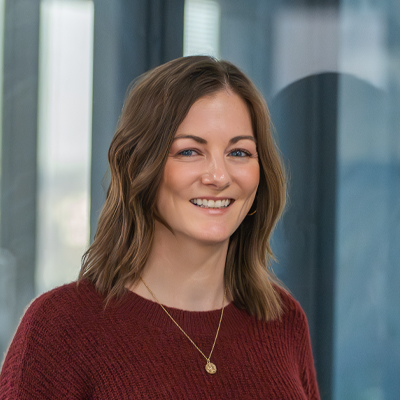As an EdTech product leader, you know how challenging it can be to set your product apart from the competition. And the bar for EdTech products is only being set higher. The most successful EdTech products will need to prove more than their efficacy. They’ll need to improve learning outcomes by leaning into learning science (LS) — the study of how learners learn.
Getting a product to market that provides an excellent user experience (UX) is just not enough anymore. The core value of a successful EdTech tool should also be a great learning experience (LX).
Simply put, UX + LX = good EdTech.
Shoring up the learning experience of your EdTech product doesn’t mean you need to completely upend your product’s design processes. Instead, make sure UX and LX both drive your product’s goals by asking the right questions and incorporating learning science from the get-go.
Learning Experience Adds Another Lens to the Essential UX Question
UX is focused on providing a seamless interaction between users and products. In general, the less friction, the better. Complexity can confuse and frustrate users, so UX often taps into users’ existing mental models to smooth the path. Processes that are instantly recognizable and highly intuitive make sense in UX design. The underlying UX question is, “How can we make it easier for users to complete tasks?”
Learning experience design, however, is concerned with asking, “What is the right level of difficulty for learners?” Easier is not always better— instant recognition eliminates the need for retention of knowledge. The challenge and complexity of the learning experience, then, must be appropriate for the individual user.
It may sound like UX and LX are directly opposed, but that’s not quite true.
Think of it like gaming. If you’re playing a game you’ve played before and are used to, staying at the beginner level will quickly lead to boredom. If you’re a novice game player and set the game on the most difficult level, you’ll probably abandon ship pretty early. The right level of challenge makes all the difference for sustained or increased engagement.
Like gamers, learners won’t be interested in an EdTech product that functions as a smoothed path with no obstacles. It’s boring. But learners won’t make progress by being asked to climb a steep mountain without scaffolding.
An important and necessary tension arises from these two different yet essential questions and results in a new question for your EdTech product. How can you build a product that is easy to use but offers the right degree of educational challenge for the user?
With this new question in mind, UX and LX should define what user success is for your product — and how to measure it.
UX and Learning Science Optimize the Learning Experience With Research
UX relies on research methodologies to obtain a deep understanding of users, as does learning science of its own audience. Their parallel processes can support and enhance each other — and add up to a better learning experience across the board.
Both UX and learning science evaluate the beginning to end journey of the individual in order to iterate and improve. For example, EdTech UX pays close attention to every stage’s success or failure, from onboarding processes to navigation of tasks to course completion.
Likewise, learning science investigates how learning happens in real life settings, both inside and outside the classroom. What occurs before, during, and after an explicit or implicit learning experience is all relevant.
It’s useful to watch how users navigate through a course in your product. But you also need a broader understanding of why users make the choices they do. These pursuits necessitate understanding of developmental psychology and rely on observational research. Both UX and learning science want to reveal individual intrinsic and extrinsic motivations, biases, and stresses — and deepen empathy for the end user.
Real-time observational data — from both UX and learning science perspectives — can help clarify and drive desired learning experiences.
Bring Learning Science to the EdTech Product Planning Table to Advance Learning Outcomes
A collaborative approach is the soundest way to build an EdTech product. From start to finish, your team should make room for all who have an interest in the success of your product. You’ll have a 360-degree view — and far fewer blind spots. And without an advocate for learning experience sitting at your planning table, it’s no longer possible to differentiate your EdTech product and win the market. And there are a variety of ways in which to fill that seat.
Sure, an expert in the learning science field to help draft goals would be ideal. But that may take time, energy, and resources you don’t have in hand. So utilize the resources you do have.
- Instructors are essentially instructional designers. Initiate conversations with them about their strategies and gather their post-course reflections.
- Students can offer feedback at different times during a course. They’ll offer honest, valuable feedback if you use a tailored approach in your interviews.
- Publications track research in the learning science field. Stay attuned to current thinking, data, and future projections.
- Your own UX research team can shed light on what they’ve observed about learners over time.
Shiny, sleek, a cinch to use: none of these things should be your EdTech product’s top priority. The most important job of your product is to facilitate learning through educational content. Providing an educational experience that’s challenging but not complicated requires good UX and good LX. Leveraging learning science to elevate learning experience is what will make an exceptional product that matters and can thrive in today’s market.

